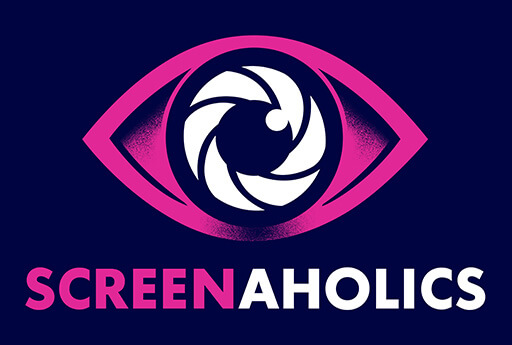Either you’ve heard of Dario Argento or you haven’t. He’s one of those directors everyone in East Brunswick has a poster of in their bedroom and only likes his most obscure film. You know, seventies arthouse Italian horror, the genre only someone with a film degree has a basic knowledge of.
Then again, maybe ever since seeing the trailer for the new Suspiria remake, directed by Luca Guadagnino, all you seem to hear about is Dario Argento. This would relate to the phenomenon known as the ‘Baader-Meinhof phenomenon‘, a concept somehow integral to the new film and one which we will delve into shortly.
If you’re not an Argento fan, you’ll probably at least be familiar with Dawn of the Dead (2004) by George A. Romero. The seminal zombie film which Argento collaborated on, produced and provided the soundtrack for, known as Zombi in Europe. But this is not typical of the artist’s style at all. Argento is famed for a unique horror style that emerged in the 1970s and 1980s known as Giallo. Meaning ‘yellow’ in Italian, and referencing the cheap coloured pulp Italian crime novels of the post-war era (the genre mixed detective and mystery tropes with slasher and sexploitation). In fact, Argento served as both inspiration and precedent to American ‘slasher’ movies, cited as an influence, for instance, by John Carpenter when creating Halloween (1978).
The original Suspiria (1977) is still hailed as a cult horror classic and Guadagnino’s remake had a lot to live up to. It instantly had a lot going for it, boasting a soundtrack written entirely by Radiohead’s Thom Yorke and utilising the original script Argento wrote for the first film. In many ways, the film lives up to expectations.

Suspiria (2018) is a memorable piece of horror, which feels justified being remade. Whilst the film is by no means flawless and has certain problems, particularly its slow pace – there is a lot to praise, and many highly disturbing scenes that surpass the now dated and camp original.
Things that Suspiria insanely surpasses its predecessor in include depth of character and setting. Like in the original, the movie is set at the grand hall of a renowned dance company. But by utilising the 1970’s as an actual setting and merging the story with real politics and news of the Red Army Faction (Baader-Meinhof), there is a lot more depth to the new film than the original splatterfest. There are only tenuous links connecting the Baader-Meinhof terrorist group and the actual plot of the movie, yet the references are frequent. Given that this terrorist group gave name to the phenomenon (the increased frequency of the brain to see things after discovering them), there is perhaps a deliberate conceptual use of these events within the film. After all, there is a certain level of Baader-Meinhof occurring as Susie, the film’s protagonist, slowly discovers the works of black magic happening within the dance school.
Dakota Johnson is very well cast as the ambitious dancer Susie, who enters the strange school and discovers the disturbing conspiracy within. Tilda Swinton is also terrifying as the domineering Madame Blanc, who runs the dance classes with an iron fist, and credit has to be given to her surprise performance as Dr. Klemperer, for which she wore a great deal of makeup and even prosthetic genitalia. Along with some standout performances from Mia Goth and Angela Winkler, this film is cast superbly.

In terms of the actual basic plot, I have to say, it’s really quite silly. It’s essentially Roald Dahl’s ‘The Witches’, but with a lot more disturbing imagery and grotesque violence. It turns out the dance school is run by witches, who are spawned from one of the ancient ‘Three Mothers’ (rival ancestors who are in the middle of a turf war to seal their power on earth). This plot was one which Argento fans will be extremely familiar with, given that he revisited the ‘Three Mothers’ in many of his movies, particularly Inferno (1980) and Mother of Tears (2007), linking them through this Argento ‘mythos’ or ‘Three Mothers trilogy’.
What works well in the film is a well built creepy mood, fantastic soundtrack and well-utilised occult imagery which build to disturbing scenes of horror. At times the film seems to be attempting to combine conflicting tones, over-intellectual in some parts, and schlocky horror tribute at others. This doesn’t always work and again adds to the poor pace. At two hours and thirty minutes long, the film is an hour longer than the original, which also seems worth noting.
I was deeply engaged in the story and found it thrilling and horrifying, being able to see past the slow pace. Many may not be as forgiving, but for true horror fans, Suspiria is a must-see. This isn’t your run-of-the-mill, churned out stab-fest. Suspiria is an intelligent and deeply ominous film that will crawl inside your brain and leave you with nightmare fodder for months. Beware Mater Suspiriorum!
Fun Fact:
Jessica Harper, who played Suzy in the original Suspiria (1977), appears late in the film as Dr. Klemperer’s wife Anke.




COMMENTS